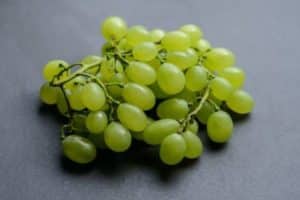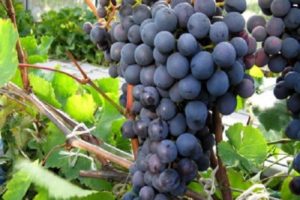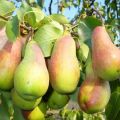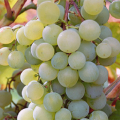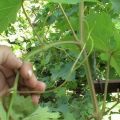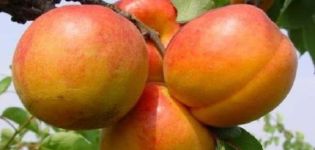Description and characteristics of the grape variety Korinka Russkaya, advantages and disadvantages, cultivation
Recommendations for growing grapes Korinka Russkaya refer to areas of the Central Black Earth Region. It is in the section for this part of the country that it can be found in the State Register of Fruit Trees. The variety is distinguished by high indicators of winter hardiness, disease resistance, early fruiting. A team of professional breeders worked on its breeding.
Breeding history
Korinka Russian, stenospermocarp variety - pitted. It was bred by Lena Timofeevna Shtin and Ivan Maksimovich Fillipenko. This married couple who worked at the TsGL im. IV Michurin (in the Tambov region), authorship of 8 grape varieties, but only 4 of them are adapted for the Central Black Earth Region. The grape variety Korinka Russkaya was based on the vine of the Dawn of the North and Kishmish Cherny.
Advantages and disadvantages of the view
The variety took such advantages from parental shoots as:
- high coefficient of crop ripening;
- sweet taste, not overloaded with additional notes;
- consistently high yield ≈ 80 c / ha;
- transportability;
- consumer versatility;
- berries do not shrink under any weather conditions;
- frost resistance.
The negative aspects of the vineyard include the height of the bushes, which makes harvesting somewhat difficult.
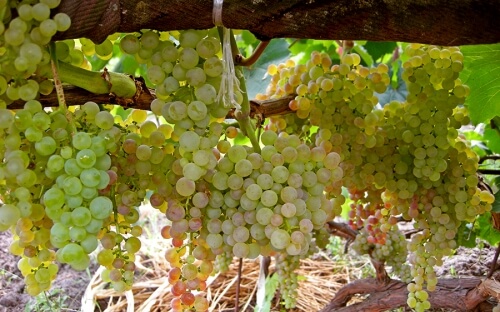
External data
The description of grapes consists of several factors - the height of the shoots, the size of the berries, the palatability, the ripening time, the transportability of the crop, the plant's resistance to frost and disease.
Bush and leaves
The bushes of Korinka Russkaya are not standard for grapes, they reach 3 m. The lower tier of the shrub is made up of shoots 2.1 m long. The vine is light brown. The root system is branched, powerful.
You can recognize this variety by the large wrinkled leaves that do not have a deep dissection, the pubescence on them looks more like a rare cobweb.
The color is green, but the veins are yellowish. The bush is strong, strong, spreading and self-fertile; bisexual flowers bloom on its shoots during the flowering period.

Productivity and taste of berries
The yield of the Korinka Russian variety is stable, annual. On average, up to 800 kg of sweet berries can be harvested from each hectare.The average weight of a bunch is 250 g, its shape is conical, the structure is medium friable, which contributes to better ripening - above 80%. The sugar content of the total mass fraction of juice is 20-22%, acid - 5 g / l.
Tasters recognized this proportion as the best. Consumers like this variety of berries with a thin skin, juicy, sweet pulp.
Technical characteristics of the variety
Korinka Russkaya belongs to table varieties, but the rounded berries are not large - from 8 to 10 mm in length, the color is yellow, the sides of the berries, caressed by the sun's rays, acquire a pinkish blush.

Disease immunity
When grown in the Central Black Earth Region, the variety has a high immunity to common grape diseases. With proper care, no waterlogging of the soil and in other regions, this variety can be protected from all types of diseases by preventive treatments of bushes and soil. When Korinka Russkaya is grown in cold regions, the main pathogens of grape diseases die in severe frosts.
Frost resistance
In regions where the drop in air temperature does not exceed 26-28 ° C, Korinka Russkaya winters comfortably. In areas with more severe climates, this grape variety is grown as a cover crop.
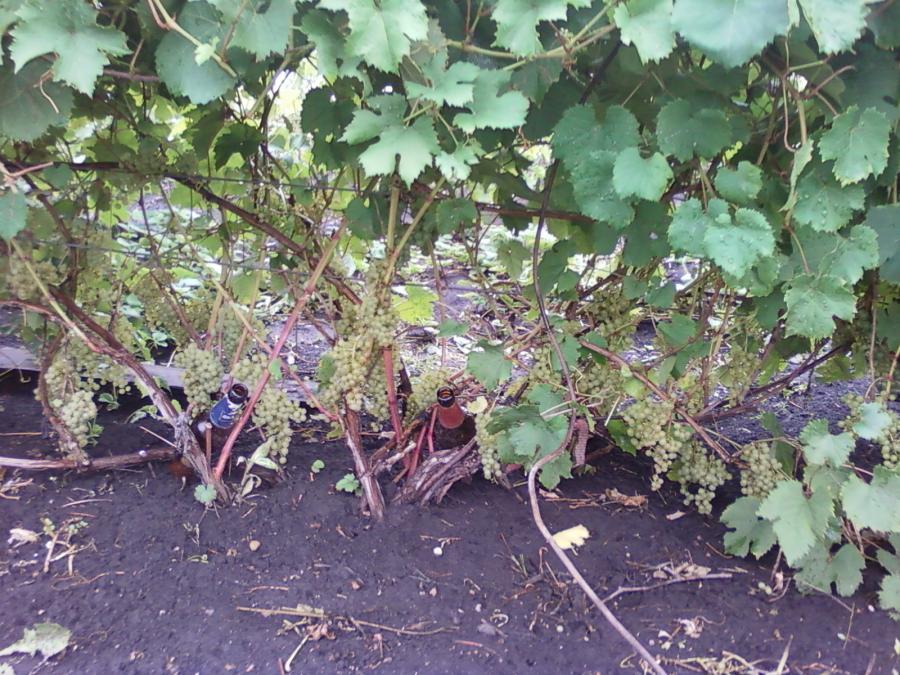
In which areas can you grow
Central Russia, the Baltic states and other regions of the temperate continental climate are suitable for growing Korinka Russkaya grapes in the open field. The only feature is the additional warming of plants in preparation for the winter period. In the North-West region, the harvest will be in early September, which is almost a month and a half later than this period will begin in the Krasnodar Territory.
Growing in central Russia has one advantage - the berries left until fully ripe on the bushes acquire a honey flavor and aroma.
Features of agricultural technology
The vine resembles a bindweed, which needs support in order to strive upward, and not creep along the ground. It is recommended to plant grapes Korinka Russian in a trellis. This will not only decorate the site, but also give access to the sun's rays to more berries. The quality and weight of the crop will only get better.
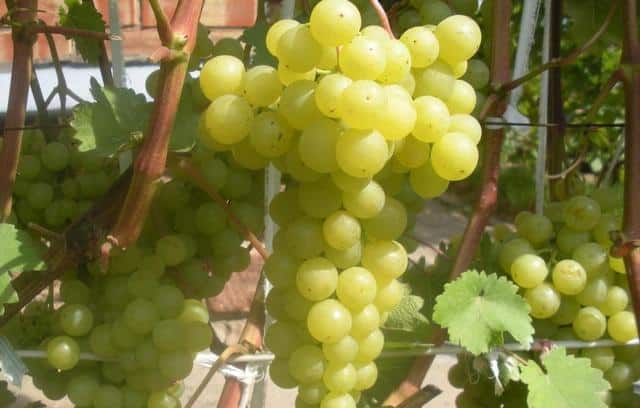
Moistening the soil
The soil is moistened 4 times per season:
- before blooming leaves;
- at the initial stage of flowering;
- during the formation and swelling of berries;
- before the onset of frost, the soil is moistened for the last time.
Attention! Watering of the vineyards stops 4-5 weeks before the harvest.
Mulching
Warming of the soil with sawdust, straw, hay, peat is carried out after water-charging irrigation, which simplifies the wintering of the plant. First, it is necessary to remove fallen leaves from the site, in which the pathogen can overwinter, and cover the area adjacent to the bush with a 10-centimeter insulating layer. It will create a greenhouse effect. In dry areas, mulching is carried out in the summer to prevent evaporation of moisture and protect the site from weeds.
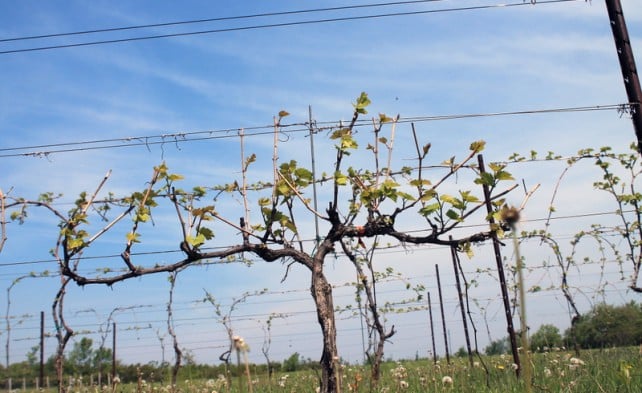
Pruning
Scheduled autumn pruning is about planning next year's harvest. Each vine should not have more than 10 eyes. The bush is able to provide 40 buds with nutrients. Adjustments are made in the spring, leaving only one bunch of grapes on each vine.
Top dressing
Organics for grape bushes are introduced in the fall in a period of 2-3 years. Mineral substances are introduced into the soil in the spring before flowering, at the time of ovary formation, at the stage of intensive growth of bunches. To obtain a larger bunch, treatments with "Gibberellin" are carried out.
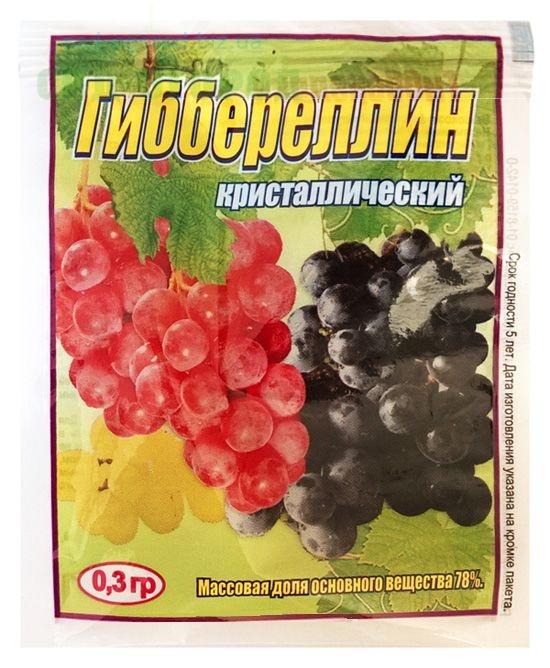
Protection from diseases and pests
Prevention, timely removal and burning of affected leaves and shoots, spraying with Bordeaux mixture, harvesting fallen leaves, mulching and drainage of the site, the introduction of mineral root and foliar dressings - the best protection of the plant from insect pests, fungal infections.
Fruiting and harvesting period
From the opening of the buds to the ripening of the berries, 110-115 days pass. In the southern regions, on the eastern slopes open to the sun, the berries are ready for use in the last decade of July. In the open field of the Moscow Region and the Leningrad Region, you can taste ripe berries only in late August - early September.
Where to use grapes
In terms of quality and taste, the berries of Korinka Russkaya are similar to raisins, respectively, they are excellent for fresh and dried consumption. Compotes can be made from grapes and fresh berries.
